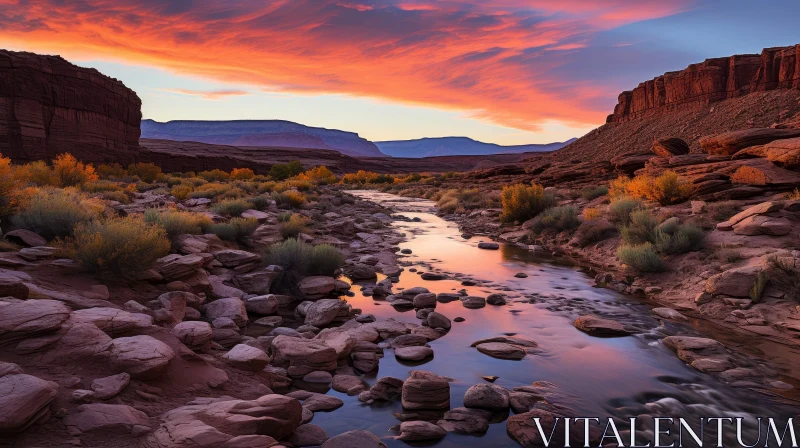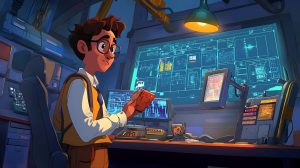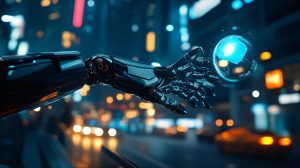How AI Is Changing Wildlife Photography with Stunning Animals AI Images

Wildlife photography has always been about patience, timing, and a bit of luck. However, something new is now changing the game: artificial intelligence. With AI, photographers and scientists can create hyper-realistic images of animals without ever having to step into the wild. These free AI-generated Images are not just digital art—they’re reshaping how we see and protect wildlife. From endangered species to elusive creatures, AI is making the invisible visible.
How AI Creates Realistic Animal Photos
AI doesn’t take photos—it learns from them. Machine learning models study thousands of real animal images. They learn about fur patterns, eye shapes, and how light interacts with skin or feathers. Then, they generate new images that look completely real. These aren’t copies. They’re original, detailed, and often indistinguishable from actual photos.
This process utilizes tools such as Generative Adversarial Networks (GANs). One part of the system creates the image. The other checks if it looks real. They keep improving until the result is flawless. The outcome? A tiger in the jungle, a bird mid-flight, or a dolphin jumping—all made from code.
Helping Conservation Efforts
One of the most significant benefits of AI in wildlife photography is its contribution to conservation. Some animals are hard to find. Others are endangered or live in dangerous areas. Sending humans in can be risky and disruptive. AI-generated images provide a safer and faster way to study and share information about these species.
Researchers use royalty-free AI nature images to simulate animal behavior. They can test how a species might react to changes in its habitat. Educators use these images in schools and museums. Kids can “see” a snow leopard or a pangolin up close—even if they’ve never left the city.
These tools also help track population changes. By comparing AI-generated models with real sightings, scientists can identify trends more quickly. It’s not a replacement for fieldwork. But it’s a powerful sidekick.
Making Wildlife Accessible to Everyone
Not everyone can travel to Africa to see lions or dive in the Great Barrier Reef. AI brings those experiences to living rooms, classrooms, and phones. Hyper-realistic animal images let people connect with nature in new ways.
Apps and websites now use AI to create interactive wildlife tours. You can zoom in on a gorilla’s face or watch a digital cheetah run. These experiences feel real. They spark curiosity and empathy.
Photographers who can’t afford expensive gear or long trips can still create stunning animal images. AI levels the playing field. It opens doors for new voices in wildlife storytelling.
The Role of Cameras and AI Working Together
AI isn’t replacing cameras. It’s teaming up with them. In the wild, camera traps take millions of photos. Most are empty or blurry. Sorting them takes time. AI can scan these images in seconds.
It detects animals, identifies species, and flags rare sightings. This saves researchers hours of work. Some systems even predict animal movements based on past data.
Drones equipped with AI-powered cameras can track herds or monitor migration. They do it quietly, without disturbing the animals. This combo of real photos and AI analysis is making fieldwork smarter and more efficient.
When Digital Meets Imagination
AI isn’t just copying reality. It’s also creating new ones. Artists use AI to imagine animals in futuristic worlds or mythical settings. A wolf glowing under moonlight. An elephant walking through a neon forest. These images blur the line between science and art.
Some worry this could mislead people. A fake image might be shared as real. That’s why transparency matters. Good creators label AI-generated content clearly. The goal isn’t to trick—it’s to inspire.
These creative projects often raise awareness. A viral AI image of a polar bear on a melting ice cube can spark conversations about climate change. Emotion drives action. And AI helps deliver that emotion.
The Rise of Digital Likenesses: From Animals to Celebrities
Just as AI can create lifelike images of animals, it can also do the same with people. The same technology behind Animals AI Images is used to generate Celebrities AI Images. These digital faces appear in ads, movies, and social media—sometimes without the person’s consent.
This raises big questions about ethics and ownership. If AI can mimic a tiger, can it mimic a human? And who controls that power?
In the wildlife sector, the focus is on education and protection. But the tech is the same. As AI advances, we need rules to protect both animals and humans from potential misuse.
Training AI to Respect Nature
Not all AI is created equal. Poor training data results in fake-looking or inaccurate animals. Spotted patterns on the wrong species. Eyes that don’t match the light. These mistakes break trust.
To avoid this, developers use high-quality, diverse animal photos. They work with biologists to ensure accuracy. Some AI tools are trained only on conservation-approved datasets.
The goal is respect. AI should honor the real animals it’s based on. It’s not about replacing nature. It’s about understanding it better.
The Future of Wildlife Through AI
The future is already here. AI-generated animal images are in documentaries, textbooks, and online galleries. They help scientists, artists, and educators do their work better.
As technology improves, we’ll see moving images—AI-generated animals that walk, swim, and interact. Virtual safaris could become common. Kids might “adopt” a digital endangered species for a school project.
The key is balance. Use AI to support real-world conservation. Keep the wild in wildlife. And never forget: behind every stunning, there’s a real creature worth protecting.



